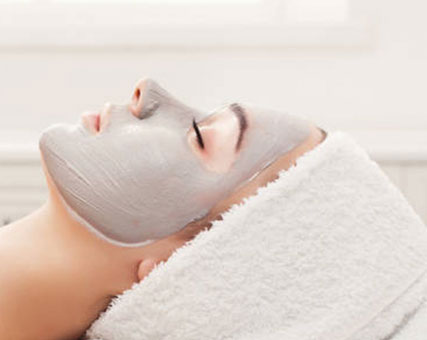Glycation is a process that occurs in our body and affects every aspect of our being. It is responsible for many chronic diseases as well as being a huge contributor to the degradation of aging skin.
Glycation is a process where sugar molecules bind to fat and protein cells and results in the production of Advanced Glycation End Products, also known as AGEs. This process occurs mainly due to the foods we eat and the temperature we cook them at.
Here is an example:
1. Pour milk into your coffee - this denatures proteins in the process, creating AGE's
2. Consume the coffee - AGE's attach to receptors of a variety of cells
3. Initiates the production of a protein complex called NFKappaB that sends a message to the nucleus of the cell to crosslink proteins in the dermis.
4. Cross linked proteins in the dermis start to decrease blood flow to the cells and creates damaged skin.
Who’s rethinking their morning cup of coffee now?
Now, how do we prevent this? There is no way to completely remove AGE's from your diet, however, there are things you can do to decrease the amount of AGE's consumed. AGE's are produced primarily by heating proteins to a certain degree, you can prevent high AGE consumption by cooking your foods at a rolling boil or steaming your vegetables or eating them raw.
The following ingredients can be taken internally or applied topically to reduce the damage caused by glycation: Tocophorol, Resveratrol, Carnosine, Bentothiamine, Cucumin, Green Tea.
Adding Circadia’s Counter AGE and Glyco-Guard to a homecare regimen can prevent damage from glycation and can also reverse existing damage as well!
Blog post written by Circadia®, 2023. View original blog post here.




